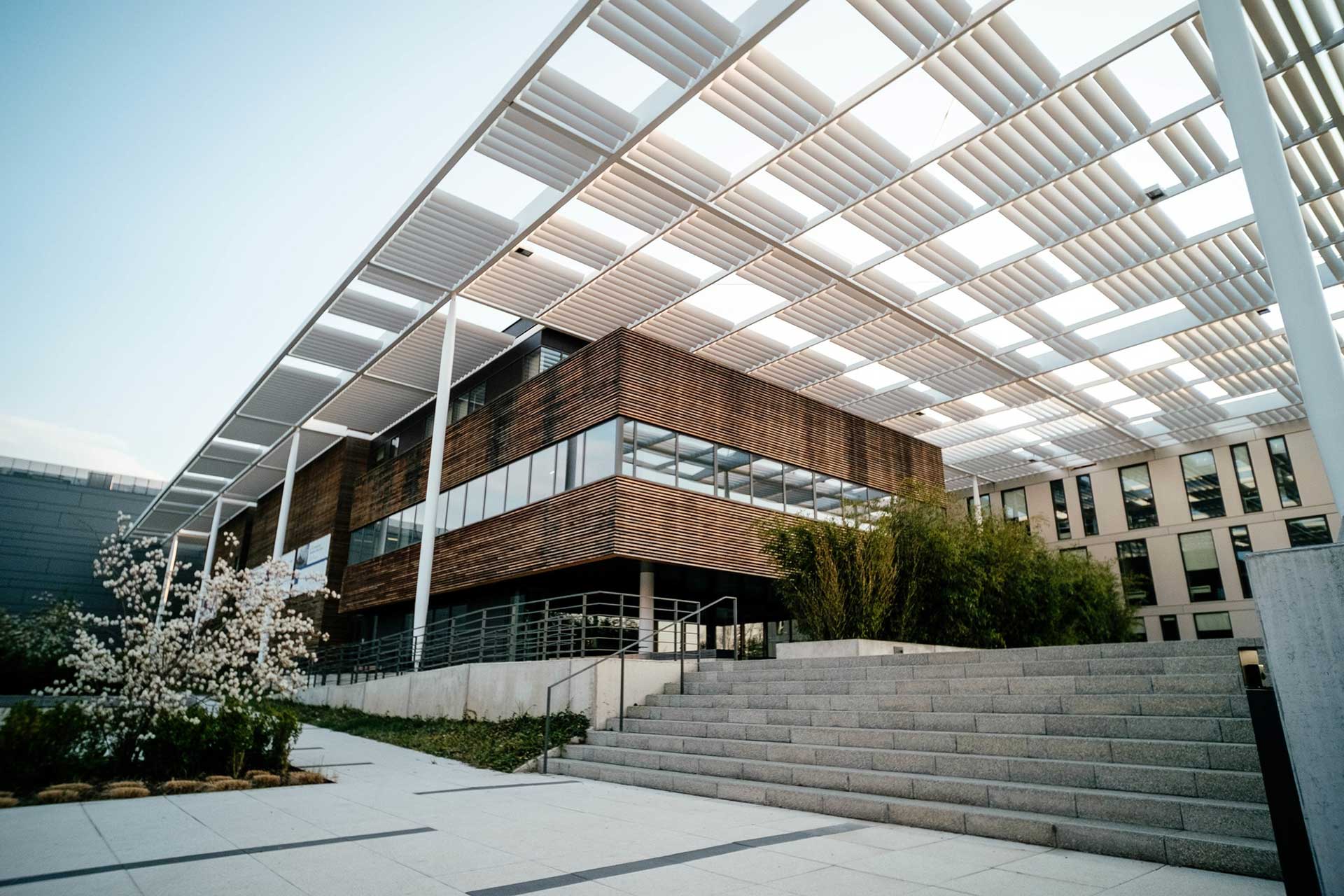There are increasing and understandable concerns about global climate change, with continuing evidence of long-term shifts in temperatures and weather patterns. While an amount of climate change is natural, for the past two centuries human activity has had a major impact. The prime driver, according to the UN, is the burning of fossil fuels, which produces heat-trapping gases that surround the planet.
As a global community, it’s clear that we need to take steps to reduce our carbon footprint – a measurement of the total amount of greenhouse gases we emit, including carbon dioxide and methane – so that, at the very least, we do no further harm to the planet.
Sustainable buildings – sometimes referred to as “green” buildings – don’t detrimentally affect their environment. Ideally, they improve it. They also in themselves provide a healthier environment for their occupants.
Here are the top trends we expect to see in buildings in 2023.
1. Net zero buildings
Net zero buildings are becoming increasingly popular as they offer significant environmental benefits. A net zero building is one that produces as much energy as it uses over the course of a year. This can be achieved through a variety of means, including solar panels, wind turbines, and geothermal systems.
The construction of a net zero building typically takes into account the entire life cycle of the building, from materials sourcing and construction to ongoing energy use and waste management.
2. Sustainable materials
Another popular green building trend for 2023 is the use of sustainable materials. Sustainable materials are those that can be sourced from renewable or recycled resources. Common examples include bamboo, wool, and cork. The use of sustainable materials helps to reduce the environmental impact of construction projects and can also create a more sustainable building in the long run.
There are many benefits to using sustainable materials in construction. Sustainable materials are often more durable and require less maintenance than traditional materials, meaning they can save you money in the long run. They also tend to have a smaller environmental footprint than traditional building materials, making them a more sustainable choice for construction projects.
Sustainable materials can also help improve indoor air quality by reducing the off-gassing of harmful chemicals. This is especially important in green buildings, which are designed to be more energy- and resource-efficient than traditional buildings. By using sustainable materials, green builders can help create a healthier and more sustainable built environment.
In the next article in the Gazette, we will share two more trends in green buildings, which we expect to see for the year.



